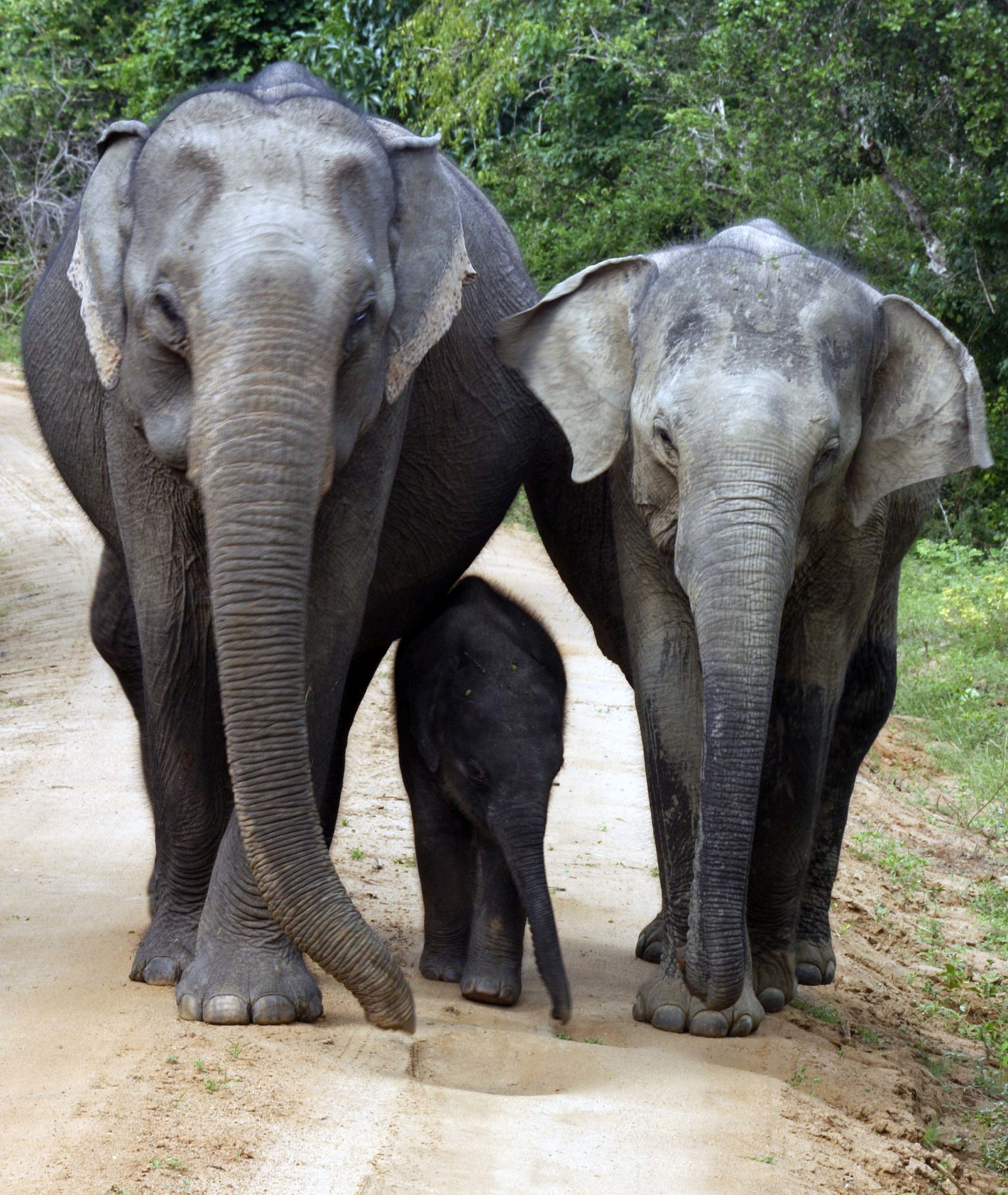
Yala National Park
Some of Sri Lanka’s best elephant safaris and beaches can be found in the south of this magical tear-shaped island.
The scents of coconut oil, incense, diesel, sunscreen, salt, and curry flirt with abandon in the gentle breeze, as swaying palm trees accompanying bikini-clad bodies glistening in the humidity. No one would mind or blame you if flopping on the beach was all you did. But interacting with the land, its people and wildlife (if you’re lucky) will be the beginning of a life-long affair with an island so rich in beauty, culture, and history, most of which seem to somehow connect with water.

At first glance, an island is defined by water, whether streaming from above or crashing into its extremes. The monsoon season dictates the best time to visit certain regions, but the rain also brings enchanting surprises like butterflies feasting on the nutrients found in mud puddles left from jeep tracks or elephants playing in a mud bath.
I’ve had the absolute pleasure of researching some of Sri Lanka’s best elephant safaris and beaches.
SRI LANKA’S BEST ELEPHANT SAFARIS
As the dusty track settles after the plume of disruption, an elephant nonchalantly saunters by with her calf in tow. Her majesty suddenly pauses. She turns to face our jeep to examine us, leaving us wondering who is observing who while on safari. Our exaltation is palpable until she decides we’re no threat to her family. Despite the intense temperature and humidity, I’m not the only one covered in goosebumps.
After this unforgettable experience, I can verify that one of Sri Lanka’s best elephant safaris can be found at the 30,000-hectare Udawalawe National Park, home to over 600 elephants going about their business, including mums with their calves and protective males watching over their kingdoms.
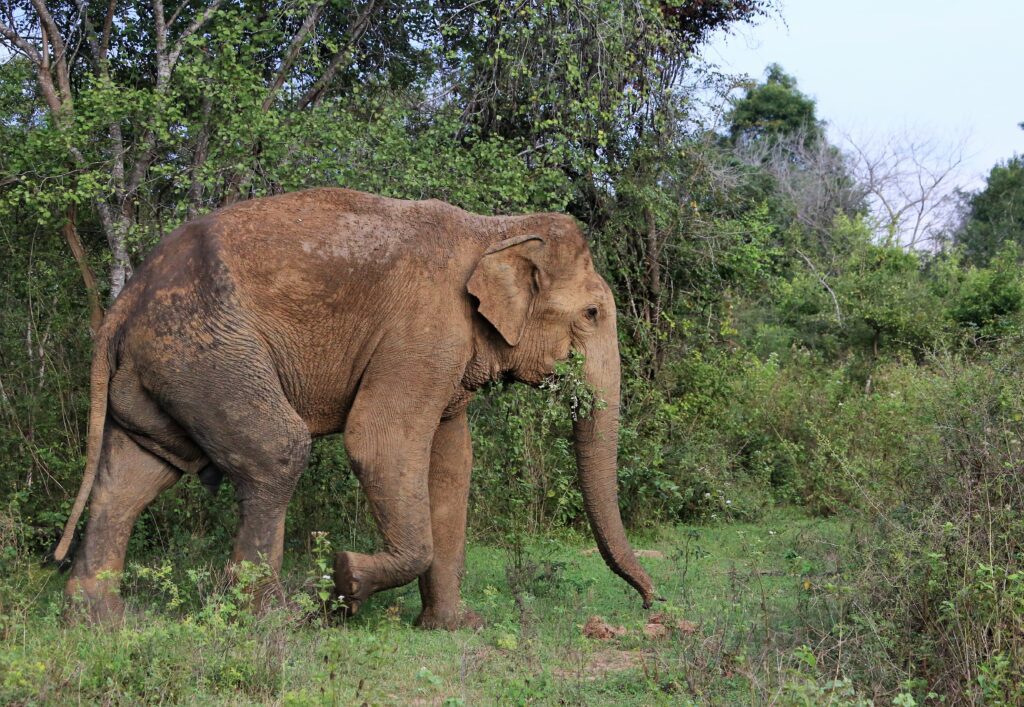
A busy mum eating on the run at Udawalawe National Park
Although you’ll also be guaranteed to see other elephant-loving tourists, I have to commend Udawalawe National Park on staggering the entry of the jeeps ensuring plenty of space between, although at times, it gets hectic when jeep drivers get a tip-off about an elephant sighting. It’ll certainly be an invigorating ride, but seeing these majestic creatures in the wild is spell-binding. I highly recommend booking with the reputable Niluka Safari group.
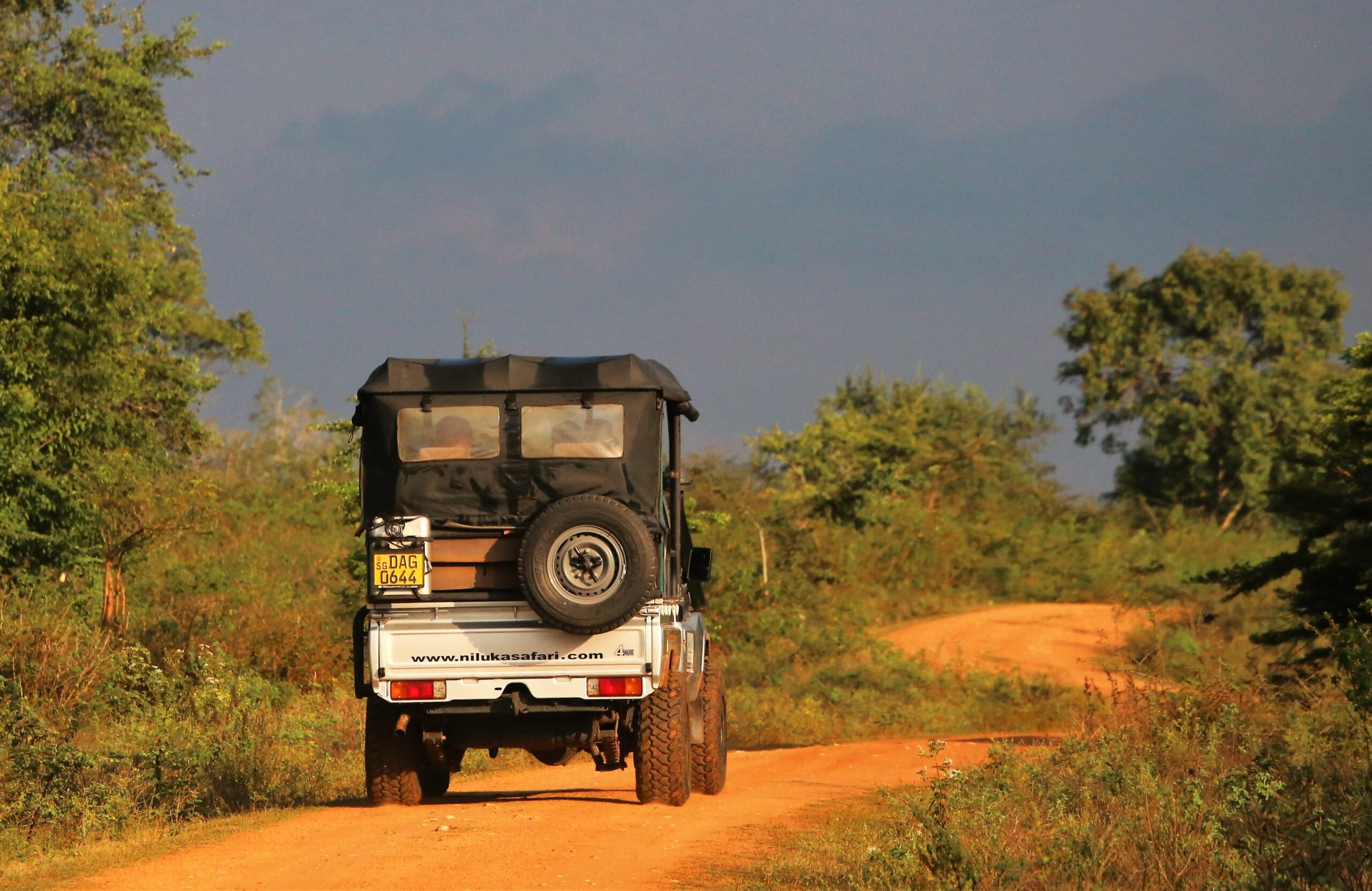
On safari with Niluka Safari
You’ll also see plenty of other animals too, including water buffalos, monkeys, crocodiles, spotted deer, over 180 species of birds and strutting peacocks. At the centre of the park lies the Udawalawe reservoir. Since its opening in 1972, the park is dedicated to providing a catchment area to provide water for agriculture and hydro-power generation, as well as providing a wild animal sanctuary.
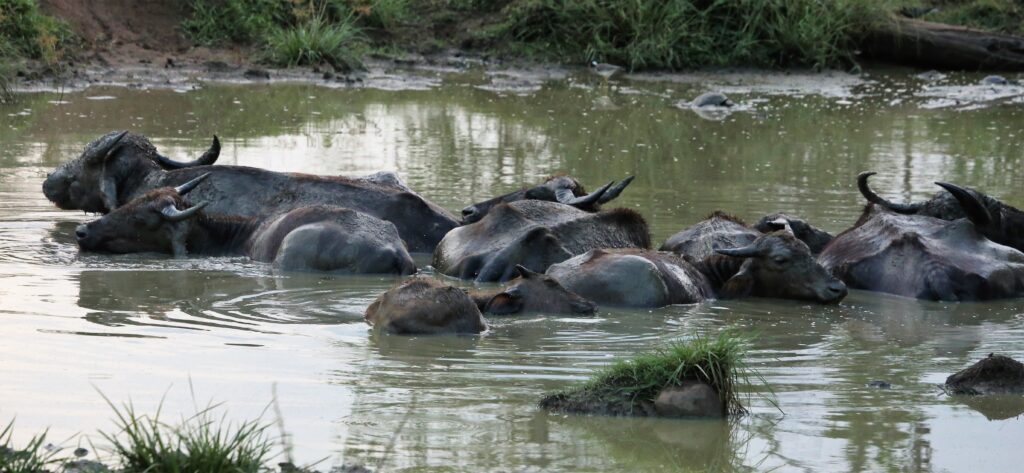
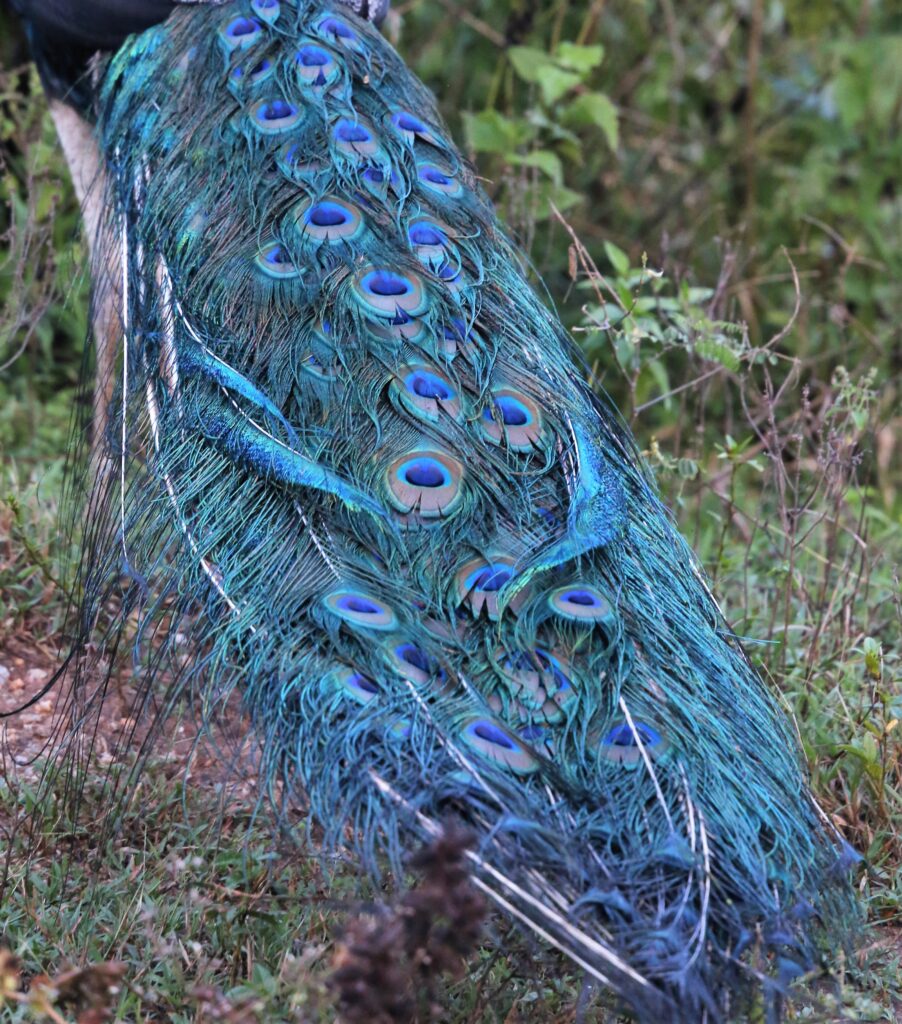
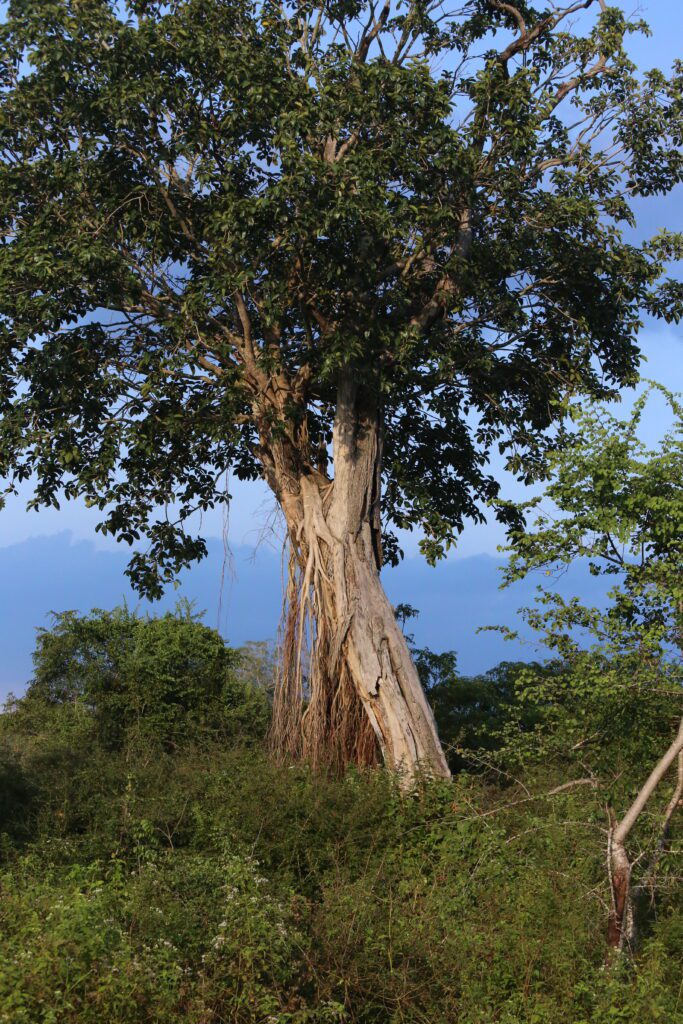
You can rest your muscles with an overnight stay in a clay hut at the lakeside Camp Thuduwa in the lap of luxury, while surrounded in nature, coconut palms and a few cheeky monkeys. On-site there’s a pool, restaurant and spectacular views over the lake.
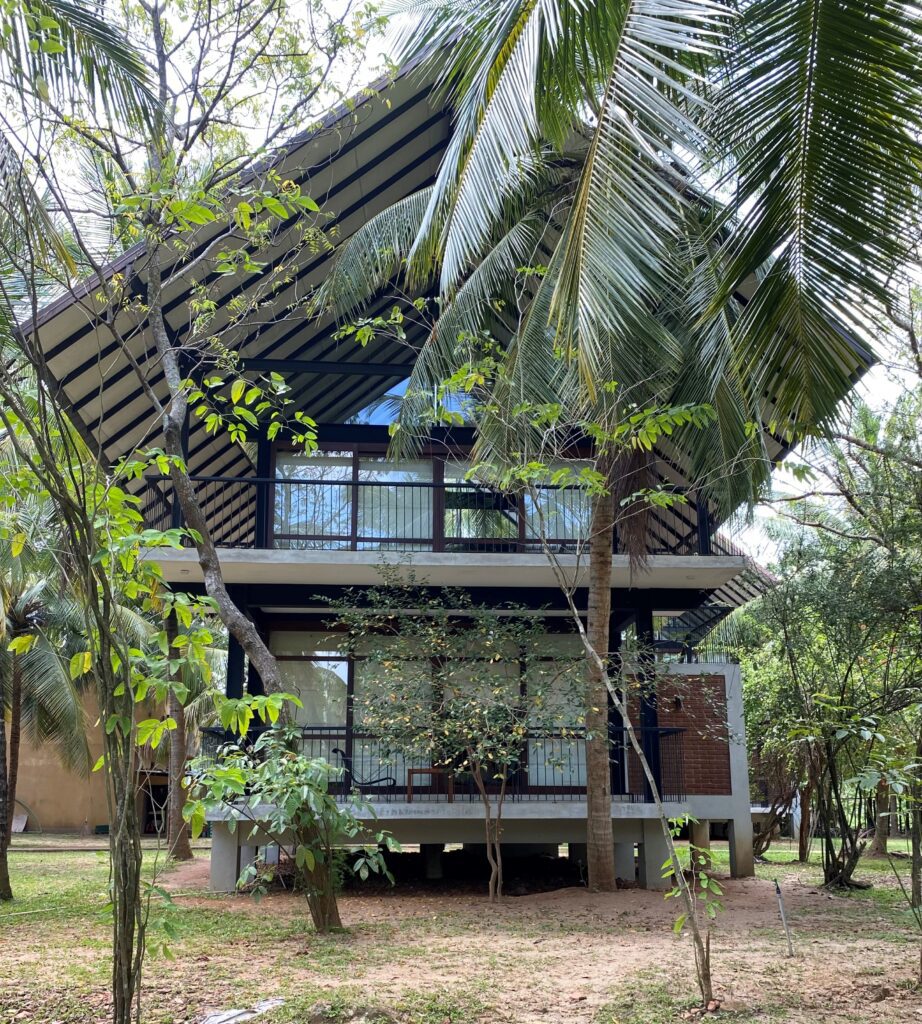
A Fluffy Towel kind of camping experience at Camp Thuduwa in Udawalawe National Park
Yala National Park is cradled in the far eastern corner of the south and covers approximately 979 square kilometres, and is one of the most popular elephant safaris in Sri Lanka. It has a range of ecosystems, including wetlands and sandy beaches and is known for its extensive bird life (over 100 species), elephants, water buffalo, wild boar, jackals, sloth bears, deer, monkeys, water monitors, crocodiles, and the highest density of leopards in the world, approximately 25 – 30 elusive leopards who are best spotted from February to July.
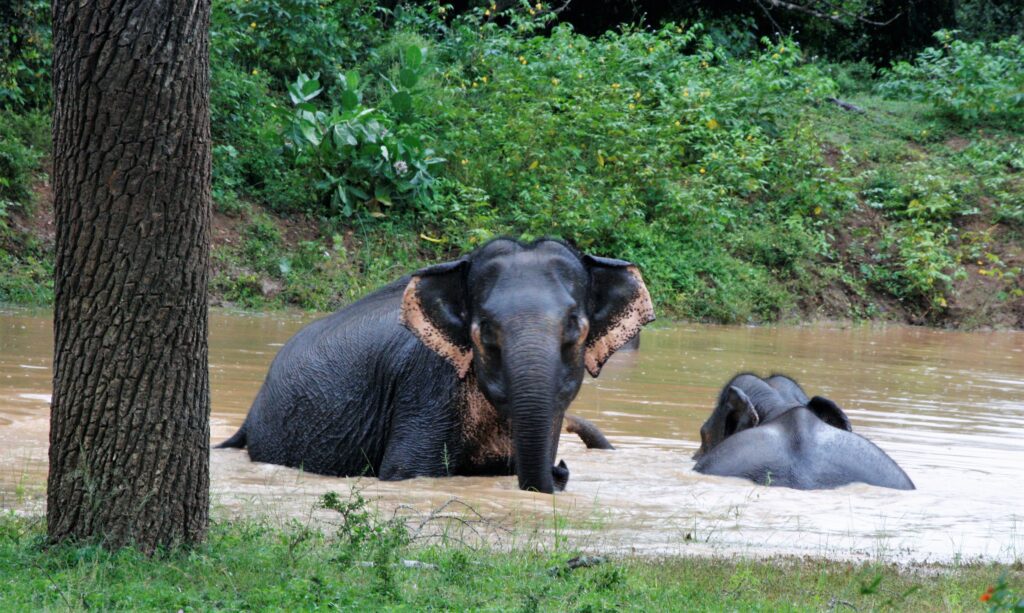
The park closes between September and October and the best time to visit is during the dry season between May and August; especially as elephants usually head to higher ground or use bushes as makeshift umbrellas when it’s wet. There are several tour operators including Eco Team Pvt Ltd who can also arrange unforgettable overnight glamping adventures on one of Sri Lanka’s best elephant safaris.

Glamping in Yala National Park
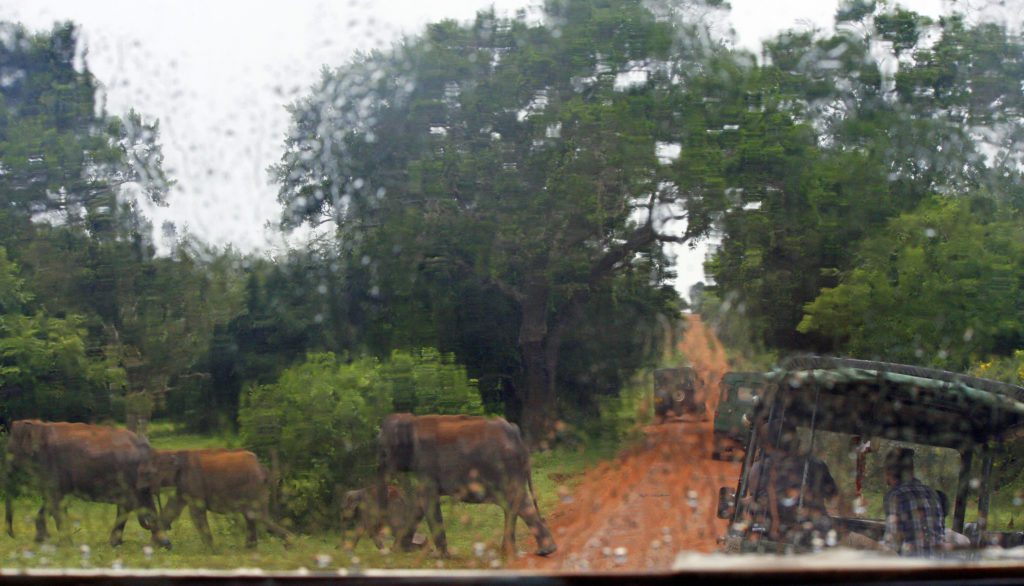
On safari at Yala National Park
If elephants are definitely on your agenda, then Minneriya National Park has the largest gathering of Asian elephants in the world and is one of Sri Lanka’s best elephant safaris. Head to the Minneriya Tank, especially in the dry season from May to September, to watch these majestic creatures drink, bathe and play. You’ll also see plenty of monkeys, crocodiles, pythons, butterflies and over 160 species of birds.
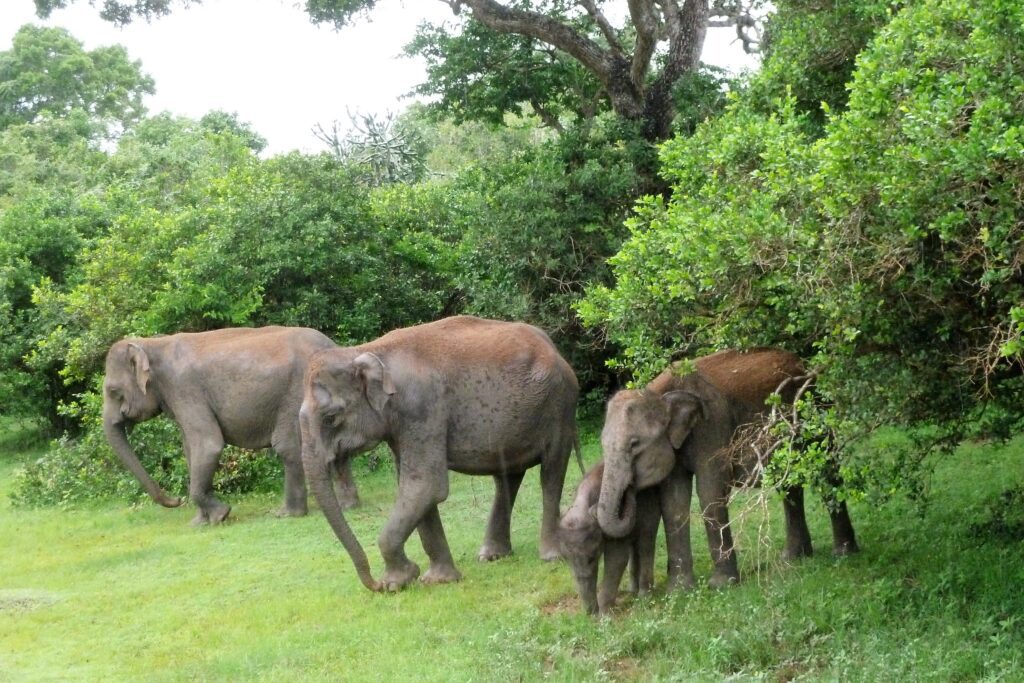
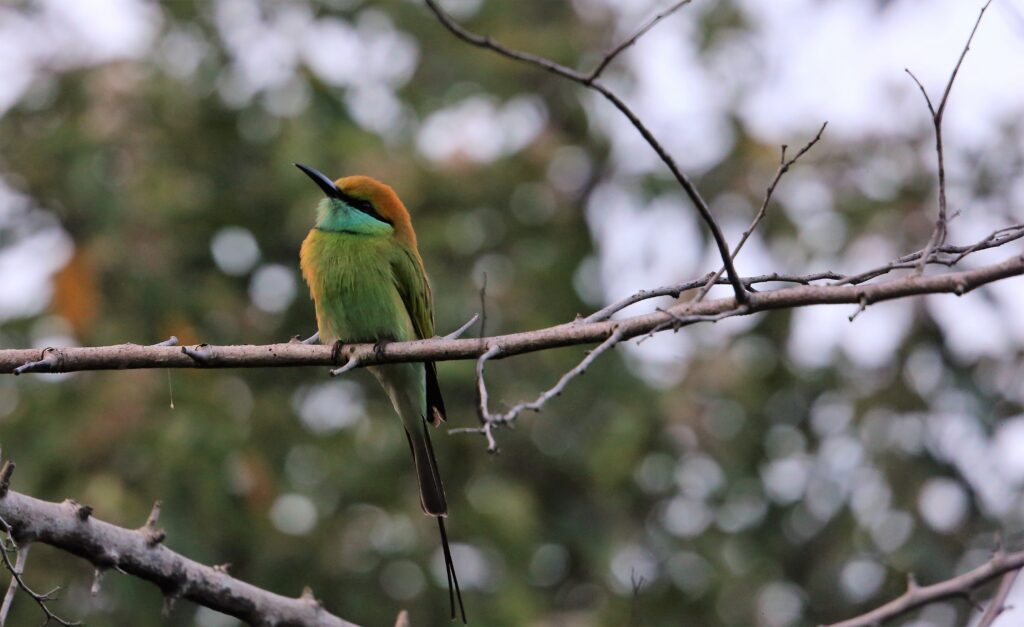
Tips for going on a safari in Sri Lanka:
- Best time to go on a safari: safaris run for most of the year but the best time is during the dry season as the animals will be more concentrated during these times, but it will also be the busiest time to go.
- How long will I need: you can go for half a day or stay for overnight adventures, or longer. The benefit of staying overnight is that you can be up at sunrise and in the national park when the animals are more active – plus the light is glorious for photos and you’ll beat the crowds.
- Which tour company shall I book with? Do your research and opt for eco-friendly tour companies promoting the ethical treatment of animals since many safaris aren’t well-regulated. If you’re unsure Destination Sri Lanka can recommend some reputable tour companies and on my last trip in 2023, Niluka Safaris were very good at avoiding the crowds of jeeps, which can cause distress to the animals.
- Bring cash to tip your guide; they deserve it.
- Go early or late for the best light for photography and when the animals are most active.
Tips for what NOT to do on safari:
- Never feed the animals as it can make them sick and depend on humans.
- Don’t draw attention to yourself by making excessive noise – these are wild animals after all and you’re in their territory.
- NEVER, EVER leave the jeep – you’ll put yourself and others at risk, and more importantly, the animals themselves. Imagine the consequences of a herd of charging elephants.
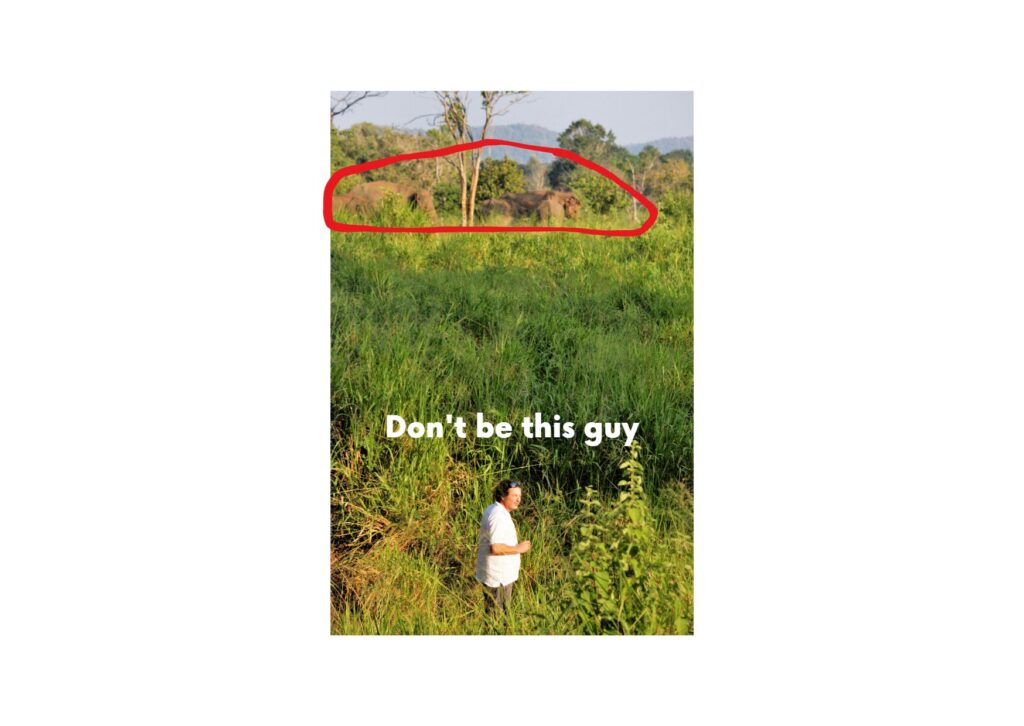
SRI LANKA’S BEST BEACHES
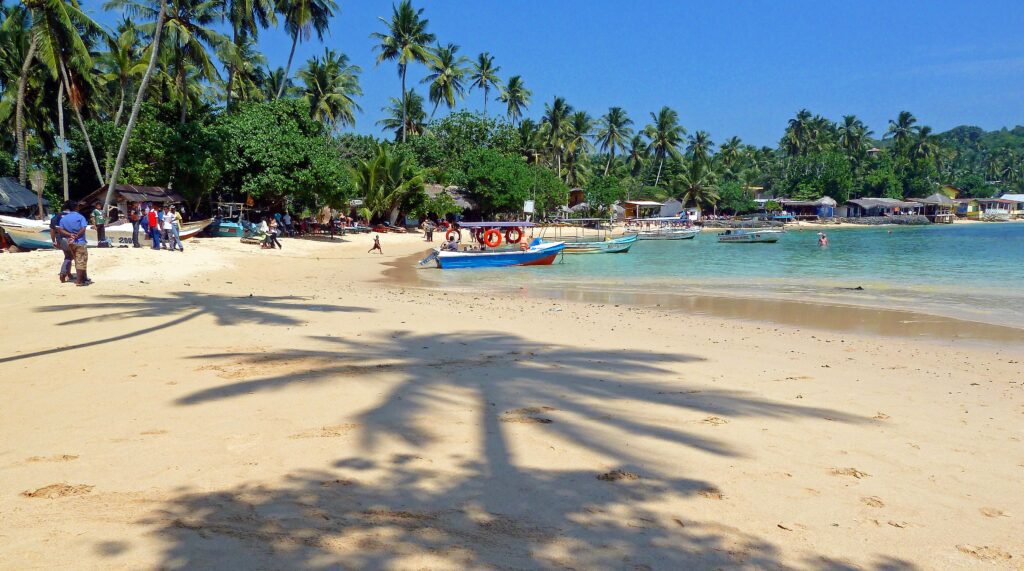
Unawatuna Beach
Foreigners, burquas, and children bob along to the rhythm of boats along the curvaceous bay of Unawatuna Beach, which translates to “it fell from the sky”, and this heaven-sent beach and town hosts makeshift cafes, bars, guesthouses, and water sports like diving, snorkelling, fishing, boating and swimming.
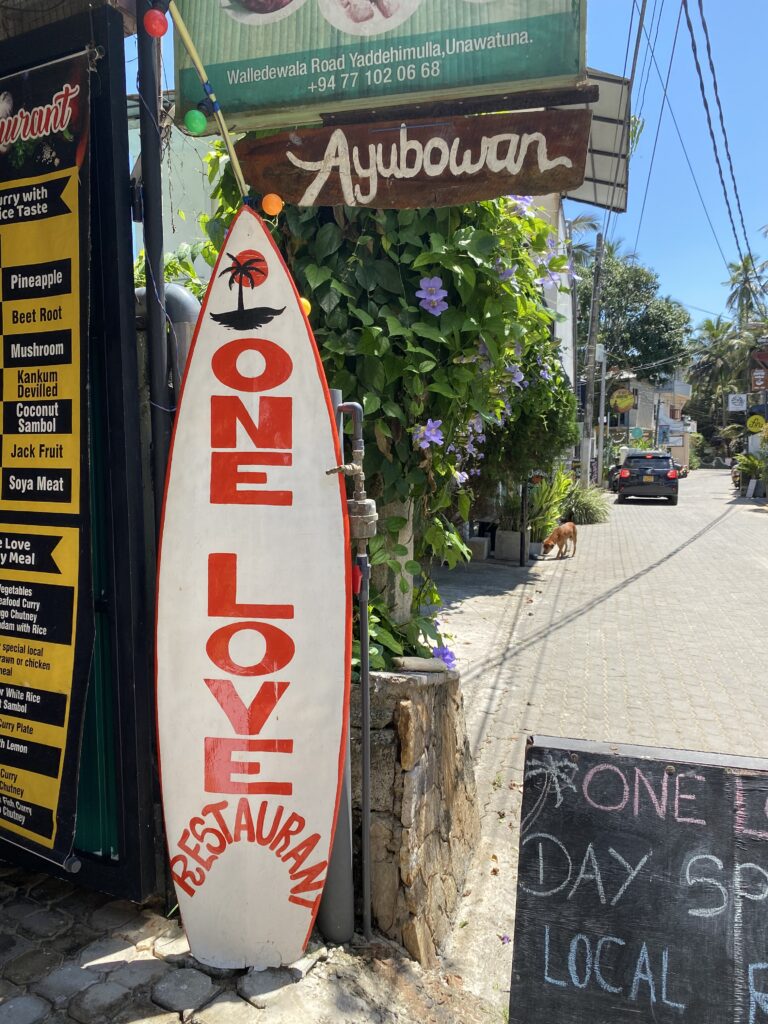
Unawatuna town
Snorkelling equipment can be hired along the beach and the reefs near the west end can be explored year-round. There are several shipwrecks and marine life to see, and diving trips can be organised with Sea Horse Divers, who also offer diving courses, night dives, reef dives, and wreck dives. The Unawatuna Diving Centre also runs diving services and offers beach-side cabanas for an affordable beach shack experience. The best time to dive is mid-October to the end of April, and the double reef makes it very safe for swimming and a favourite with families.

A seafood feast on Unawatuna Beach
Unawatuna isn’t only famous for its beautiful beach and since it’s surrounded by hillside jungle, treks are popular, especially on the west end of the beach near the temple across the Rumassala peninsula to Jungle Beach, which can only be reached by foot or boat.

Galle Fort
Just a few kilometres to the west of Unawatuna is the town of Galle and its iconic UNESCO-listed fort. Its walls protected it from the tsunami and preserved not only its beautiful Dutch architecture, but also the working community of administrative offices, local families, street peddlers, businesses and expatriates. You can easily spend the day, or longer, in Galle Fort since it’s full of restaurants, eclectic shops, boutique accommodation, stunning architecture, boutique hotels and a friendly community.
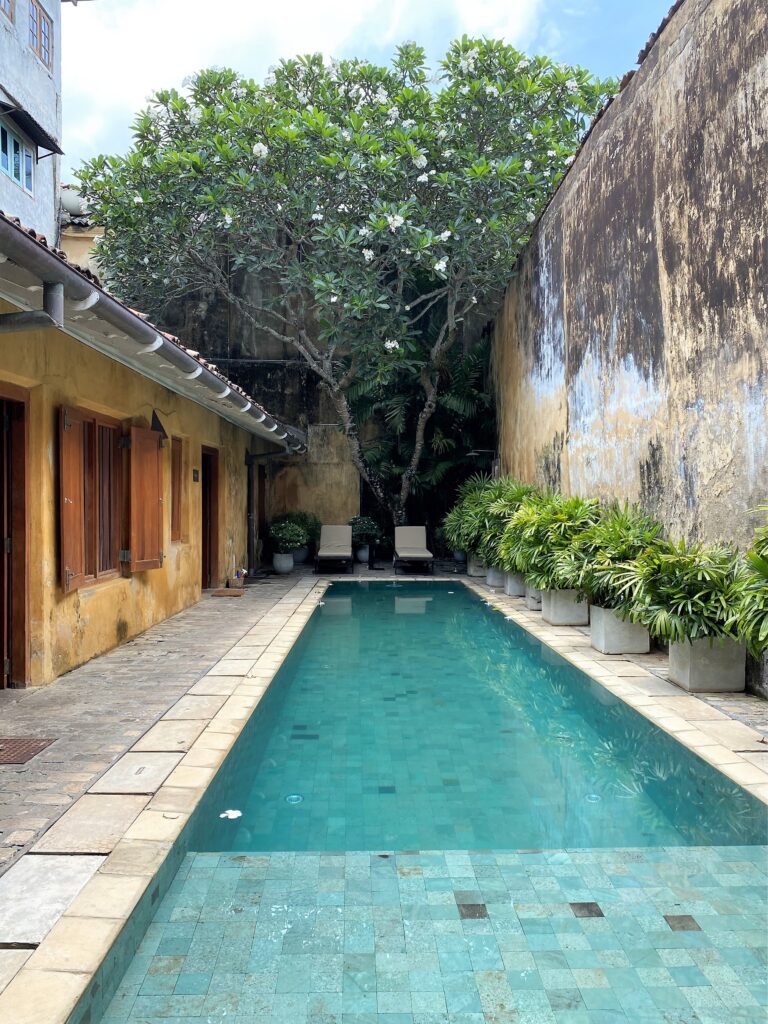
The Fort Printers hotel
Heading east along the coast is the laid-back towns and beaches Ahangama and Midigama, which are best known for their consistent waves thanks to the many rocks and coral however, at times the conditions can be hazardous. There’s an area at Midigama commonly known as Lazy Left, which bends around the rocks and onto the bay, but it’s at Ram’s Right, a few hundred metres down that draws the experienced surfers to the region.
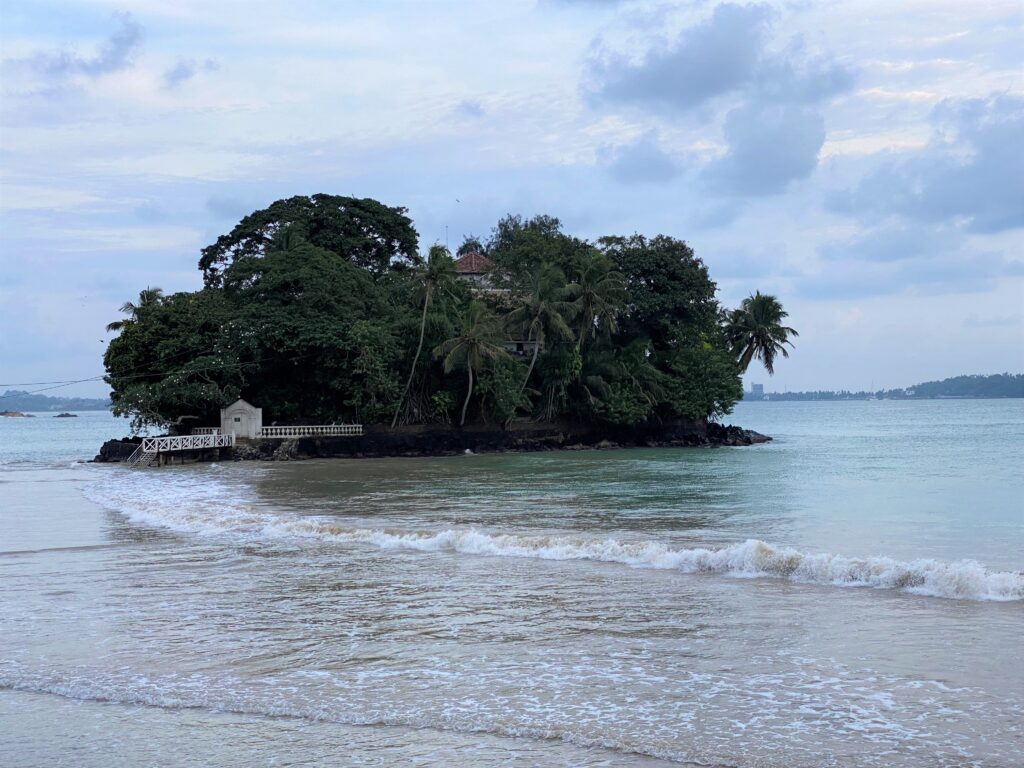
Continuing east is the town of Weligama (meaning Sandy Village) best known for its clay handicrafts, colourful outriggers in the sapphire bay, and the tiny Taprobane Island. Indulge in some barefoot luxury and rent out the only property on the island, a five-bedroom mansion, and live like the auspicious bevy of adventurers, authors, artists and royalty before you. The only way on or off the island is to wade through the crashing waves at low tide, but soggy underwear is a small price to pay for a visit to this magical island, as I discovered an event called Sex In A Sarong during Sri Lanka’s Galle Literary Festival.
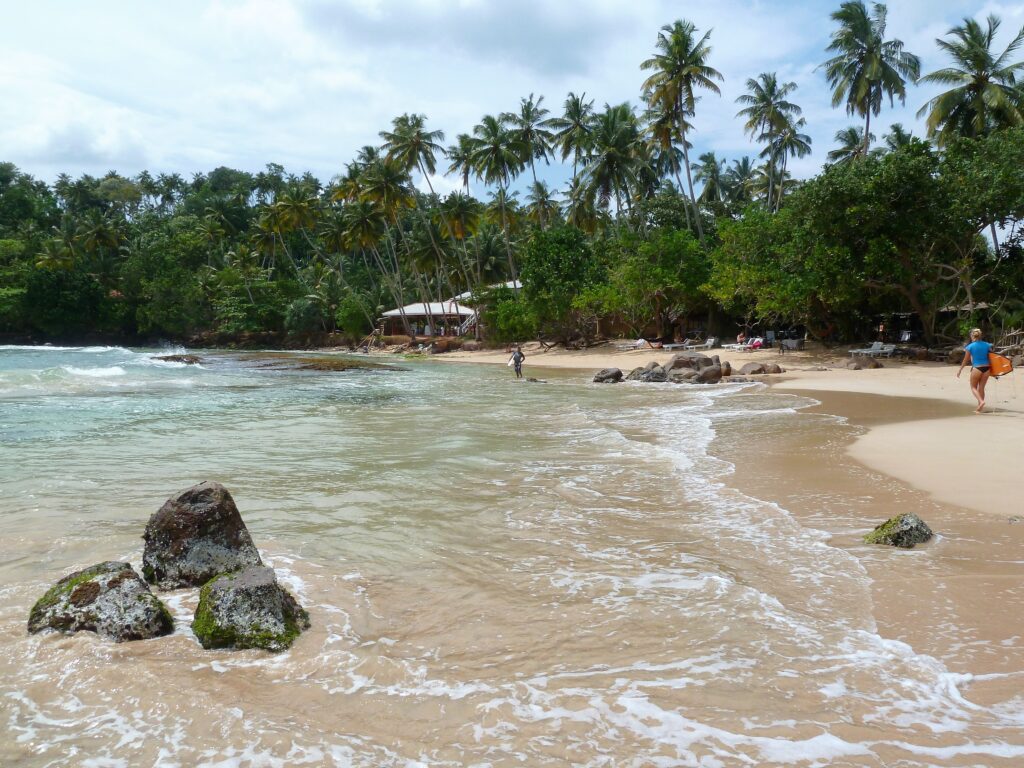
Mirissa Beach
Imagine a coconut paradise where you long to escape with your loved ones. Your wish may be granted a few kilometres east of Weligama at Marissa Beach. Bordering on the surreal in the beauty stakes, the golden sands lined with palm trees are the epitome of the kind of beach where you’d love to be deserted. Between November and March, Marissa attracts plenty of surfers and the clear water, reefs and rocks make the snorkelling excellent. The currents are strong, though and it’s wise to find out which places are the safest to surf and swim. Girigala Rock, at the bay’s eastern end, has small reefs ideal for snorkelling, fishing and witnessing that infamous golden sunset. For a daily surfing report go to Surfline or Surf-Report.
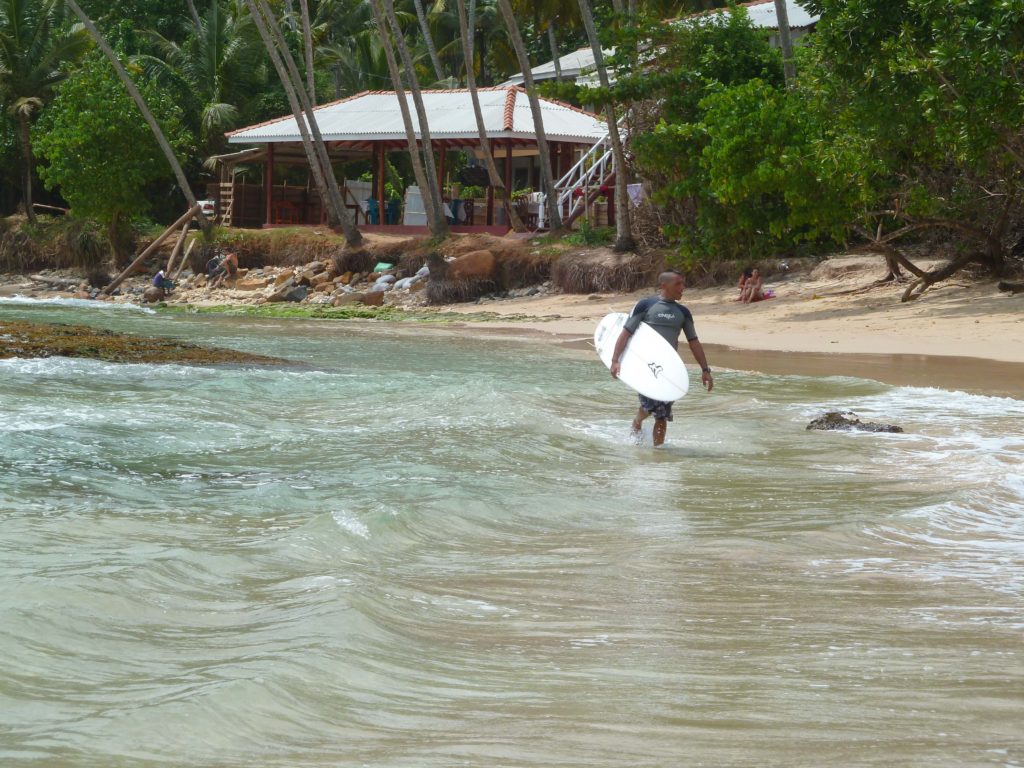
Still heading east along the coast is the quiet beach town Dickwella, which many pass by as it’s often overshadowed by the better known beaches. Several hotels and resorts have popped up here and just a few kilometres east at Kudawela is Sri Lanka’s only known blow-hole, Hoo-maniya, where high seas force water to shoot up for 20 metres into the air through a chimney.
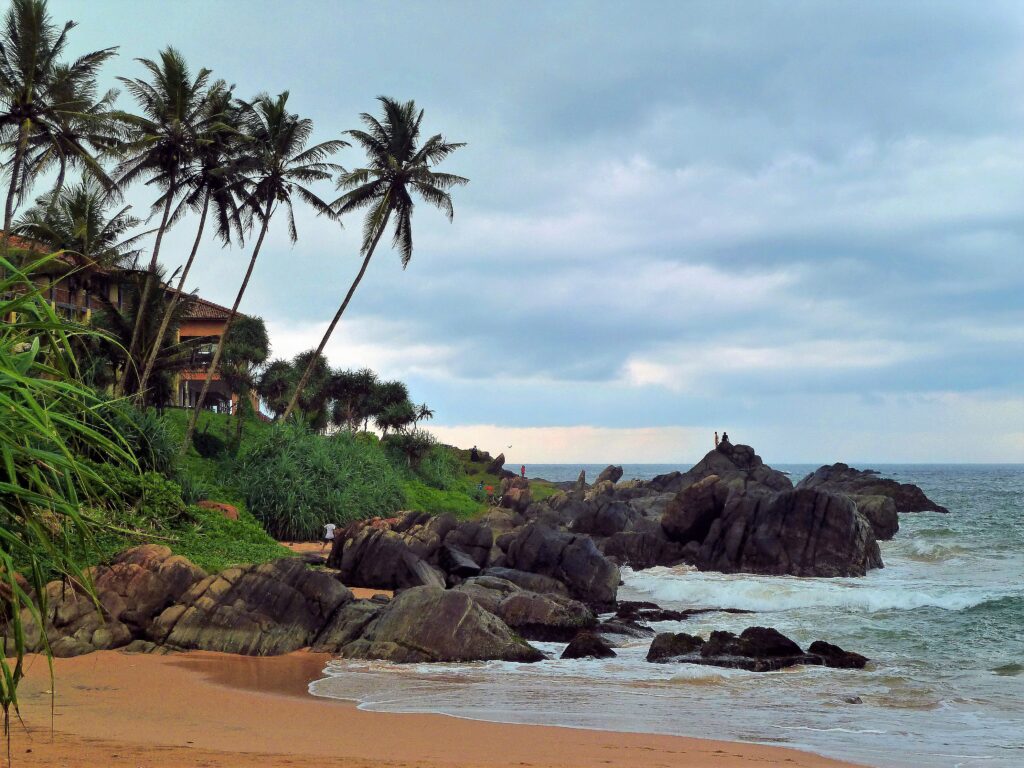
The competition for which part of the coastline has the most beautiful beach continues at Tangalle, particularly at the coves of Goyambokka, Medaketiya or Marakolliya Beach. Your footprints might blissfully be the only ones on the sand. It would be easy to collapse onto one of these idyllic beaches and not move until the monsoon season (April to September) rains on your parade.
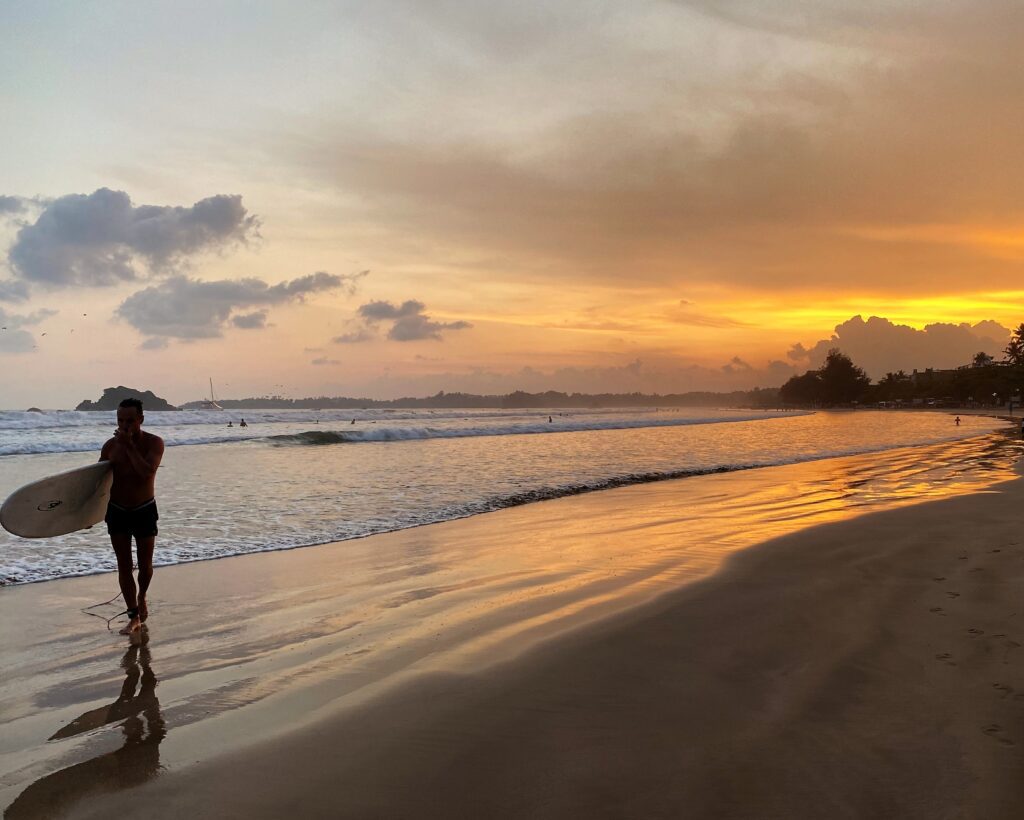
Etched in our memories is the tsunami of 2004, which ravaged the coast. However, Sri Lanka’s catastrophic relationship with water dates back to the biblical times of the Ramayana and the belief that the ruins of an Atlantis-like city sleep just off the southern coast. Long-time resident of the island and science fiction author Arthur C. Clarke wrote about a tidal wave hitting Galle harbour in one of his earliest works, referenced in 1957 in The Reefs of Taprobane. From his impressive list of titles (including 2001: A Space Odyssey) it’s clear he was so inspired by the island, named Ceylon at the time of his arrival in 1954, that he remained until his death in 2008. There is a theory that due to gravitational anomalies on the island’s southern coast, there is an intense gravitational pull to the area. Fact or fiction? As a visitor to this magical region and country several times, I have to admit, I often find myself longing to return.
Sri Lanka is like those grains of sand that seem to seep into the most unlikely of crevices after a visit to the beach. Virtually impossible to instantly remove, by the time they have washed away, you’ll be left with an everlasting salty taste on your lips beckoning you to return.
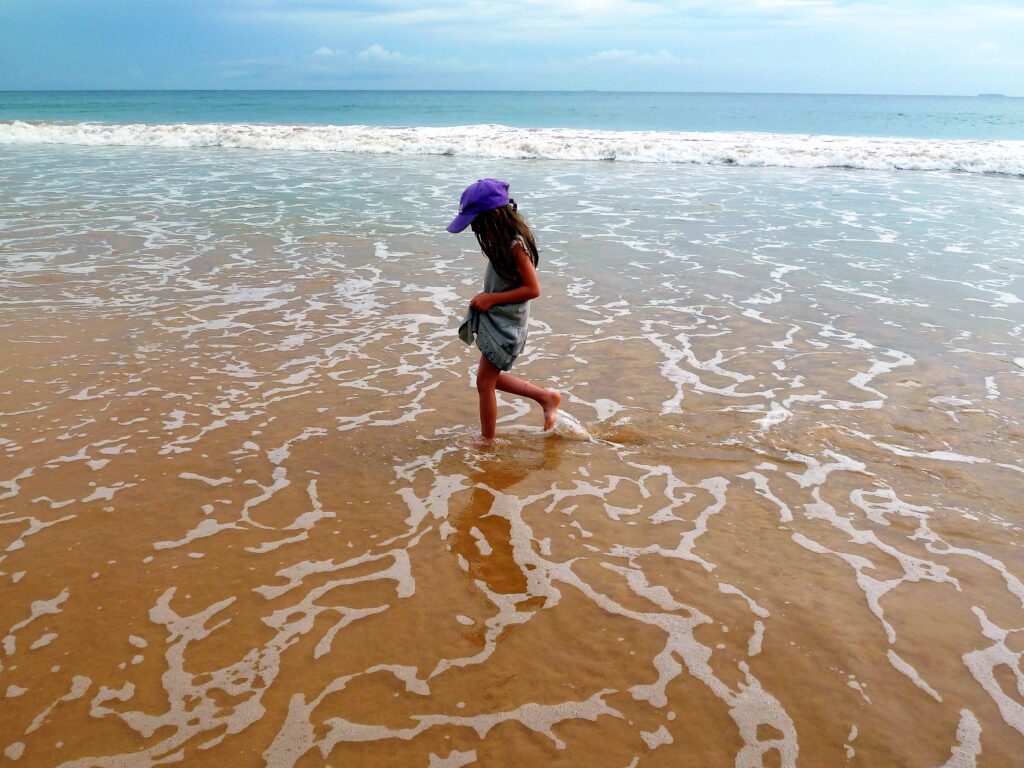
In 2023 I was a guest of Destination Sri Lanka and for more information go to www.destinationsrilanka.travel
NOTE: Before booking your holiday to Sri Lanka please check with the World Health Organisation.
Craving more travels? Please stay in touch by subscribing to Fluffy Towel today.






